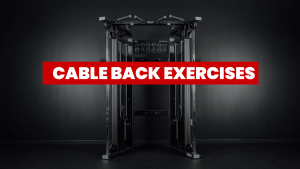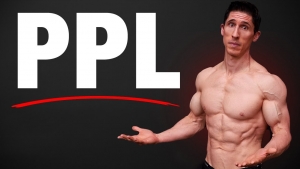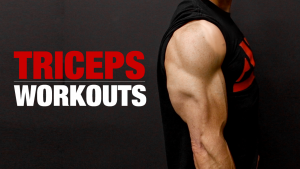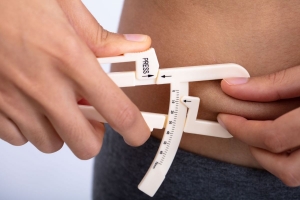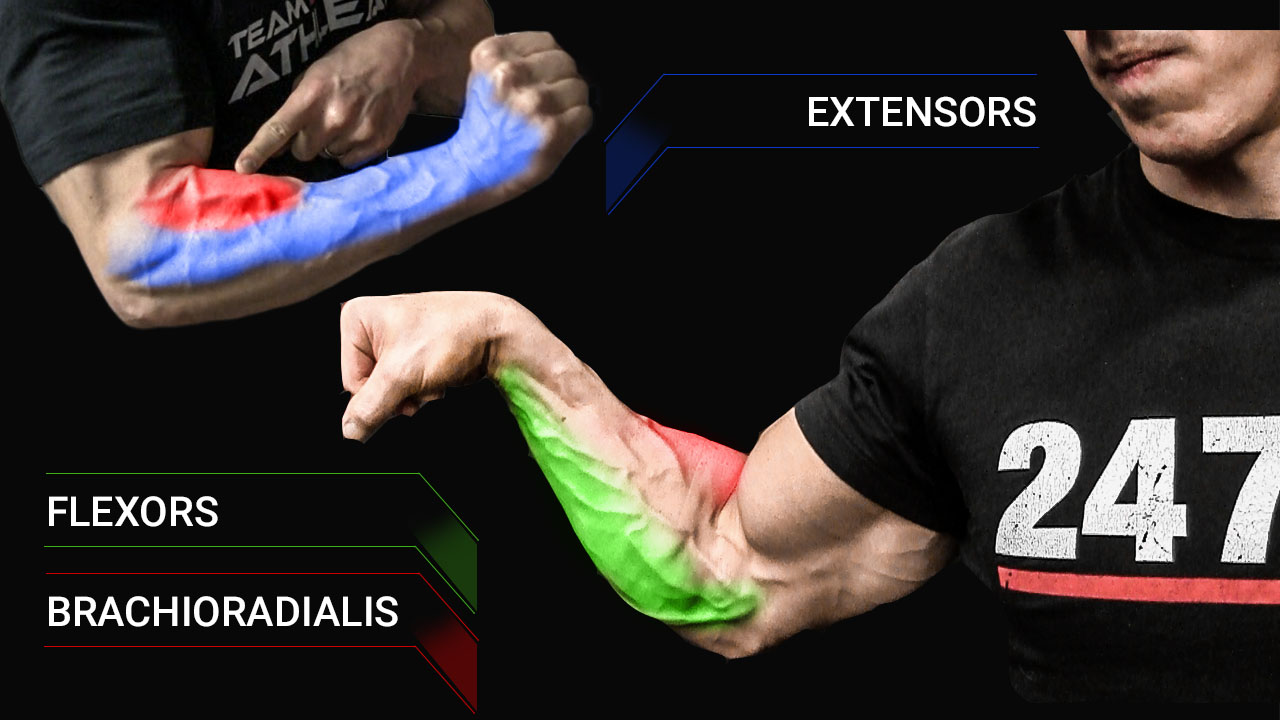
HOW TO GET BIG FOREARMS
If one of your fitness goals is to build bigger forearms, don’t focus on your forearms!
Is that some kind of ancient sage metaphor?
No, I’m serious. The best way to big forearms is by looking at the underrated muscle called the brachioradialis.
How’s that possible?
Well, think about your triceps. If you want bigger arms, you don’t focus all your attention on your biceps. You build up your triceps since they make up the mass of your arm.
It’s the same idea with your forearms. If you want bigger and stronger forearms, you focus on the “triceps of the forearm” – the brachioradialis.
Today, I’m going to cover how to get big forearms via the brachioradialis. I’ll cover anatomy of the forearms and the best exercises for the brachioradialis (no Wrist Curls!).
I’ll also give you helpful strength training tips to maximize your forearm gains and say goodbye to those skinny forearms.
ANATOMY OF THE FOREARMS
As always, let’s start by understanding the anatomy of the muscles that you’ll be targeting.
I’m going to review the forearm muscles first and save our star of the show for last.
FLEXORS AND EXTENSORS
The forearm is made up of flexors and extensors, including wrist flexors and wrist extensors. I think the best way to really understand what the forearm extensors do is to look at the functions of the forearms.
Knowing how the forearm works is going to help you understand why we need to focus on the brachioradialis if you want to start walking around with massive forearms.
The forearm muscles have five functions:
ULNAR DEVIATION

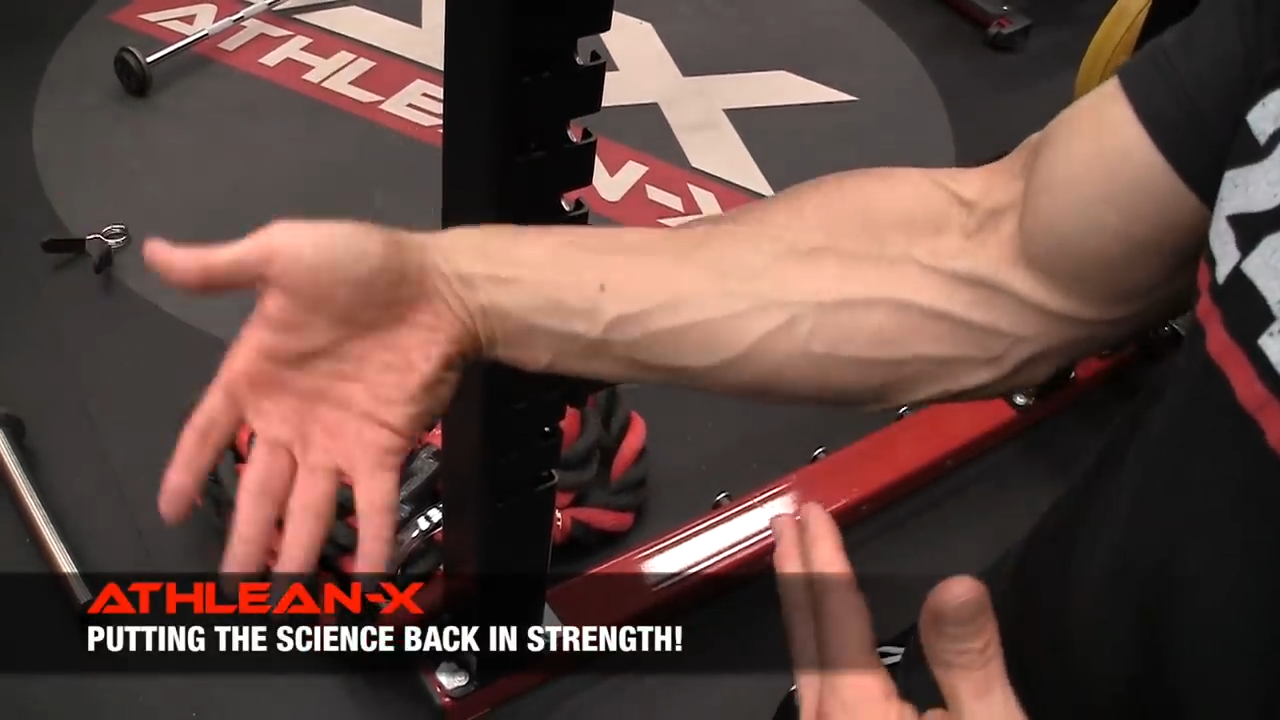
Ulnar deviation is when you shift your pinky finger toward the outer side of the forearm.
RADIAL DEVIATION

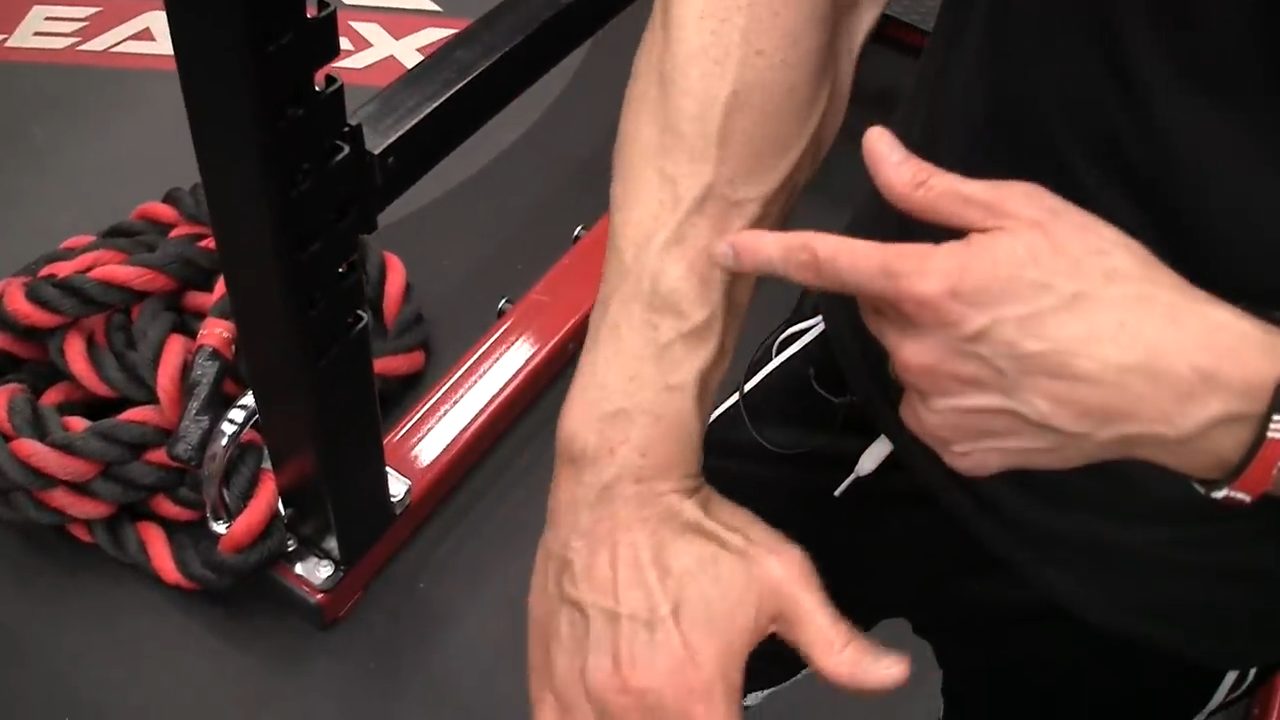
Radial deviation is when you move your thumb toward the inner aspect of the upper arm.
WRIST FLEXION

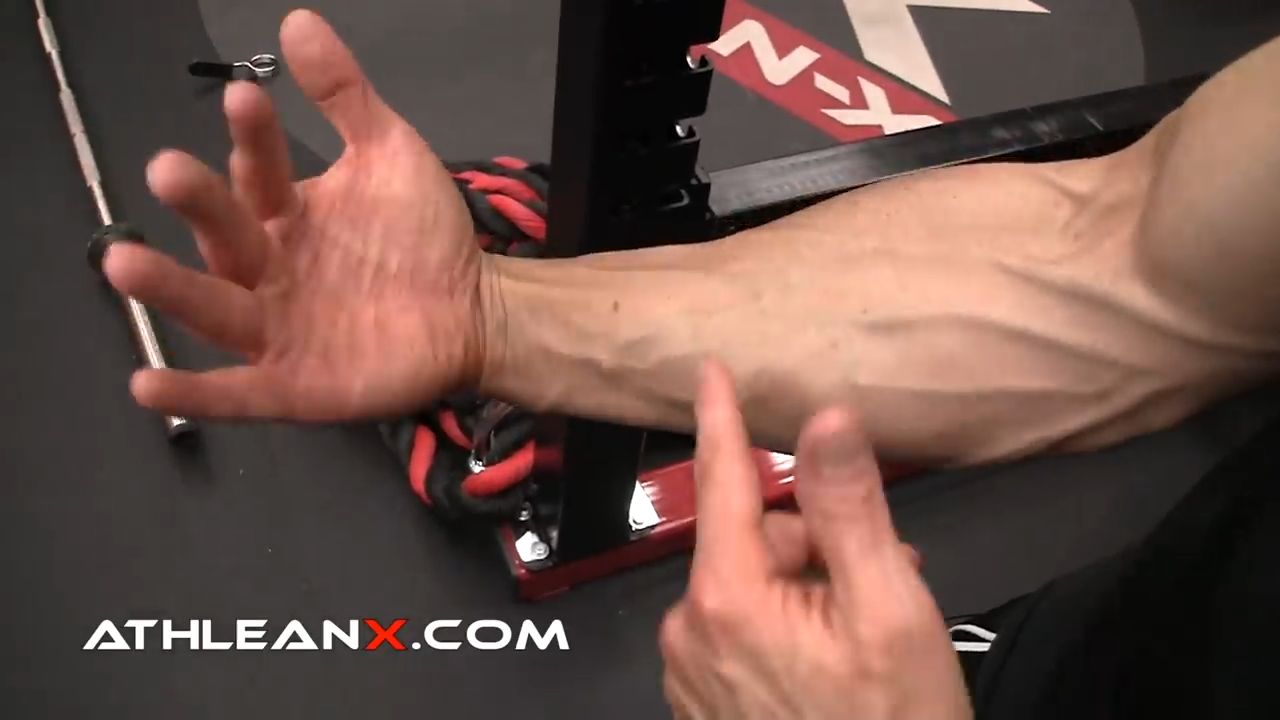
Bend the hand as if you’re trying to touch the inside of the forearm on the same side. This is known as wrist flexion.
FINGER FLEXION


Close your fingers toward the bottom of your hand and you’ll see finger flexion, another form of forearm contraction.
PRONATION


BRACHIORADIALIS
Now that I’ve covered the five most important functions of the forearm, I want to talk about one of the largest forearm muscles, the brachioradialis.


The brachioradialis begins on the humerus and ends on the bone at the thumb side of the forearm. It does not cross the wrist joint. Therefore, it has no effect on the wrists.
Since the brachioradialis does not extend or flex the wrists in the same manner as other forearm muscles, it’s NOT a forearm muscle.
A true forearm muscle is going to support the movement of the wrist and wrist flexors.
If the brachioradialis isn’t a forearm muscle and has no action on the wrist, what does it have influence on?
The elbow. And this is key to its function and how I’m going to teach you to target the muscle to beef it up and improve grip strength.
WHAT IS THE FUNCTION OF THE BRACHIORADIALIS?
People argue about the true function of the brachioradialis.
But no one is going to argue about the fact you’ll need to bend your elbow to train it.
We know which joint is involved and we know that we have to flex the arm to activate the muscle. But that leaves one important question:
How should you position your forearm? Should it be supinated, neutral, or pronated?
There’s actually two answers.
SUPINATION
If I supinate my arm, the bicep is going to take over because it’s in line to bend the elbow and do the work that we’re trying to do here.
NEUTRAL
If I go into a neutral grip position, that’s where a lot of people argue that the brachioradialis is doing most of the work.


When your forearm is in this neutral position, the brachioradialis is in peak position to generate more force because it’s helping to protect your own body.
Weight in your hands combined with the downward force of gravity is capable of pulling the radius down into the ulna. We do NOT want that to happen.
However, when the brachioradialis does its job, it can pull backwards, lifting that back up and creating the proper space in your wrist.
In other words, it protects you from wrist injuries.
The neutral position is where it can generate the most force and lift the most weight, especially if you have amazing grip strength, but that’s only half the story.
In order to fully activate the brachioradialis, you also need to move it through pronation as well.
PRONATION
The brachioradialis has the capability to pronate the forearm. If you want to train the muscle through all of its functions, then you’ll want to pronate the forearm and move through elbow flexion.
EXERCISES TO BUILD THE BRACHIORADIALIS
Now that we know we need to move the brachioradialis through both the neutral and pronated grips while activating elbow flexion, the question is, “Which exercises do just that?”
Well, I just so happen to have the answer to that question.
And no, you won’t be performing any of the usual suspects when it comes to a forearm workout. You don’t have to worry about forearm exercises like Hammer Curls, Concentration Curls, Waiter’s Bicep Curls, or even Pull-ups.
Above all, NO Wrist Curls!
That means no Barbell Wrist Curls, Dumbbell Wrist Curls, Reverse Wrist Curls, Cable Wrist Curls, or Wrist Curl Machine. None!
Before we jump into those exercises, there’s one very important piece of advice I want to give you in regard to achieving the greatest muscle mass.
If you want to increase forearm size, you want to do two things with each of these exercises:
- Overload with the greatest amount of weight
- Activate the muscle as much as you possibly can
That means selecting a weight that challenges you but isn’t so heavy that you can’t even lift it once. You also need to move that weight through a full and complete range of motion for EVERY repetition.
With that said, if you want to learn how to build brachioradialis and see some serious forearm growth, here are my picks to do that.
All of these exercises provide you with an entire forearm workout, but you can also pick and choose a couple and incorporate them into your current routine.
CLASSIC REVERSE BARBELL CURL
We start with Reverse Grip Barbell Curls, but there’s a catch: you’ll need to perform two variations to achieve the most benefit including building a stronger grip.
Start by using a straight bar. This is going to put you in a fully pronated position. While you need to use less weight, you’ll be able to achieve more muscle activation, which is more important.

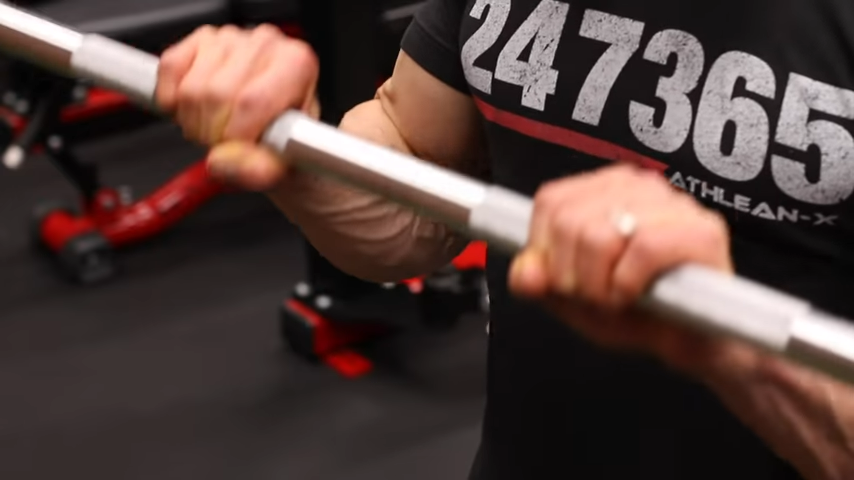
I want you to alternate between a straight bar and an EZ curl bar.
With this type of bar, we get our wrists into a more neutral position, which is the other position that we want to train the muscle in. As you move through these two barbells, you’ll feel a deep stretch through the bicep.

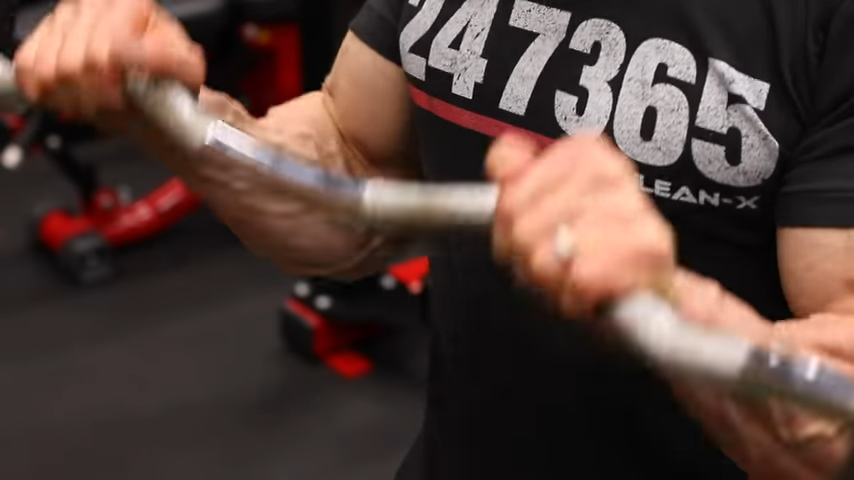
As an added bonus, the brachioradialis will be able to lift more weight. Time to train with heavy weights for muscle growth and stronger forearms.
Again, mix these two variations up during your workout. You can do a few sets of one then a few sets of the other. Or you can simply switch every set.
REVERSE GRIP CABLE CURLS
We’re going to use the cable pulley machine, more specifically the lat pulldown side, for this next exercise because you’re able to achieve more flexion at the elbow.
More flexion at the elbow means more activation in the muscle.
Just like with the first exercise, I’m going to give you two variations to alternate. The first of the cable curls involves your standard barbell pulley attachment.


Instead of stopping at the head, you continue to go back behind the head. This will ensure you get more flexion of the elbow.
Remember what I said about maximizing flexion?


The next variation I want you to do is with a rope. Same form and execution but use a long rope cable pulley attachment. Even better if you can use two individual rope attachments.
BATTLE ROPES
Battle Ropes are not only a great conditioning exercise, but they are also a great forearm builder.
Right away, you’ll see that you’ll get plenty of elbow flexion as you swing them up and down, but the way we grab them matters.
If I grab them with an underhand grip, I’m putting myself in that supinated grip position. Combined with elbow flexion, this is likely to turn into more of a bicep exercise.


Instead of an underhand grip, I do it with a neutral grip or a pronated grip. This is because I have a stronger grip and I’m shifting the focus to where it has to be and that is right on the brachioradialis.


If you only have access to ropes on the heavier side, it’s okay to use a neutral grip.


If your ropes are light, then I really want you to take a fully pronated grip and burn out those impressive forearms.
OFFSET DUMBBELL REVERSE CURL
Four exercises in and we’re finally getting to the dumbbells.
A classic arm building tool, dumbbells are unique from barbells because you’re able to grab them with an offset grip. And that’s going to be the focus of our next exercise.


When I take an offset grip, I’m providing an opportunity to overload in the pronation position.
With my pair of dumbbells tilted downwards and gravity pushing down, I’m going to have to lift up from that direction.
As I lift, I’m able to continue the motion up all the way into a Reverse Curl.


Remember, guys, I want you moving through the full movement, and this is easily the best example here about why it’s so important to do so.
If you want to see forearm growth, take the exercise through the full range of motion!
PICK UP YOUR PLATES
We save this next exercise for last because you can do it once you finish with your workout. If you want to see massive forearms, then clean up after your damn selves!
Put your heavy weights back, put the weight plates on the bar, take them off, or carry them around the gym, but do not leave them on the ground.
Don’t forget about that heavy dumbbell too.


When you properly hold a plate, you are in a neutral grip position and you are directly targeting the brachioradialis, improving grip strength and overall forearm strength.
By following good gym etiquette, you have a good opportunity to accrue a lot more training volume during the workout week. As a result, you get an opportunity to provide more stimulus for growth.
HOW TO MAXIMIZE YOUR FOREARM SIZE
As always, I want you to see the most benefit from your hard work.
Here are a few things you can do to maximize those gains.
NUTRITION
Once you’re out of the gym, get into the kitchen. Nutrition is going to play a big role in how quickly you recover and get beastly forearms.
If you aren’t on a high protein diet, it’s time to boost your protein intake. Protein is broken down into amino acids, the building blocks of muscle tissue so it’s important that you’re eating enough of it each day.
You don’t have to time your protein intake, but a lot of people find it easier to remember taking a protein shake post-workout. Other great sources of protein include lean meats, chicken, dairy, beans and soy.
Good basic nutrition, especially ample protein, is a cornerstone to developing the biggest forearm muscles possible.
WEEKLY WORKOUTS
The exercises I’ve included above should be naturally incorporated into your normal workout routine.
These forearm exercises are isolation exercises, meaning they are only working this one muscle.
You need to target the largest muscle groups first and foremost with compound lifts, incorporating these isolation exercises into the mix.
Focusing on compound exercises first helps support total body fat burning and lean muscle development. It’s great for blood flow and promoting gains in the smaller muscle groups such as the forearms.
You might have arm goals to build the forearms of Popeye but you definitely don’t want the rest of your body to look like his.
LOOK FOR OPPORTUNITIES TO LIFT
If you want to increase the training volume of your weekly workouts, look at daily tasks and chores as opportunities.
This doesn’t have to be a complicated forearms workout. Much like putting away your plates, you should perform daily tasks such as lifting up heavy objects in your garage or garden and moving things around the room with the proper form.
Even though these aren’t technically additional forearm exercises, they will act as another way to support your goals of forearm muscle growth.
Guys, sometimes we need to take an indirect route to see the results we want, and the brachioradialis is the perfect example.
But what about your biceps, triceps, and the rest of the forearms? Do you have a gameplan for those?
If you want to sculpt your arms and achieve that lean, athletic look, we have the perfect workout plans for you. Check out our ATHLEAN-X programs to see which is the best match for your goals and fitness level.

- The muscle to focus on if you want bigger forearms isn’t even a forearm muscle! The brachioradialis is a powerful elbow flexor that also pronates the forearm. Considered the “triceps of the forearms,” the brachioradialis needs to be your focus if you want bigger forearms.
- The brachioradialis starts on the upper arm bone, the humerus, and inserts on the distal end of the radius (the bone on the thumb side of the forearm). This muscle does not cross the wrist joint and therefore has no action on the wrist.
- In order to work it the most, you need to spend your time focusing on the actions of the elbow, specifically flexing the elbow. You also want to have your forearm either in a neutral or pronated position.
- The first exercise to target the brachioradialis is the Reverse Barbell Curl. I suggest alternating this exercise from a straight bar and an EZ bar. This will allow you to target both the neutral and pronated positions.
- The next exercise is the Offset Dumbbell Reverse Curl. Hold the dumbbell with an offset grip which will help you to overload pronation as you flex the elbow.
- Next up, Lat Pulldown Reverse Curls. The key is to keep the bar moving behind the head to take advantage of the greater activation with greater elbow flexion.
- Finally, one of the easiest things you can do is remember to pick up the weights when you’re done with them. The position of carrying plates and racking them is one of the best ways to activate brachioradialis and get it to grow with the additional volume you achieve by doing this repeatedly.

Jeff Cavaliere M.S.P.T, CSCS
Jeff Cavaliere is a Physical Therapist, Strength Coach and creator of the ATHLEAN-X Training Programs and ATHLEAN-Rx Supplements. He has a Masters in Physical Therapy (MSPT) and has worked as Head Physical Therapist for the New York Mets, as well as training many elite professional athletes in Major League Baseball, NFL, MMA and professional wrestling. His programs produce “next level” achievements in muscle size, strength and performance for professional athletes and anyone looking to build a muscular athletic physique.






